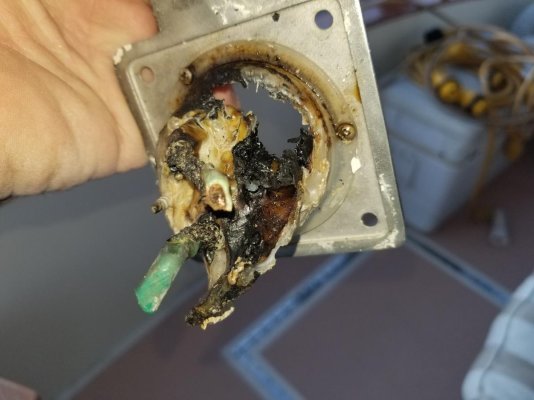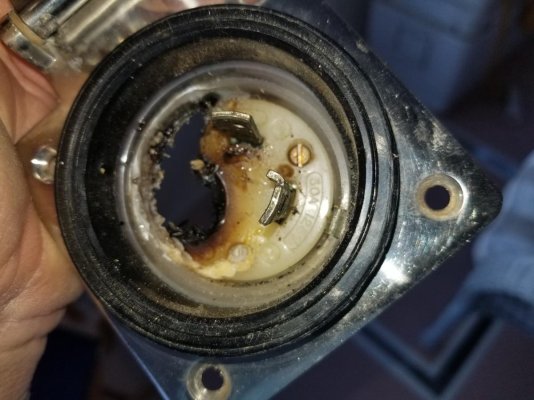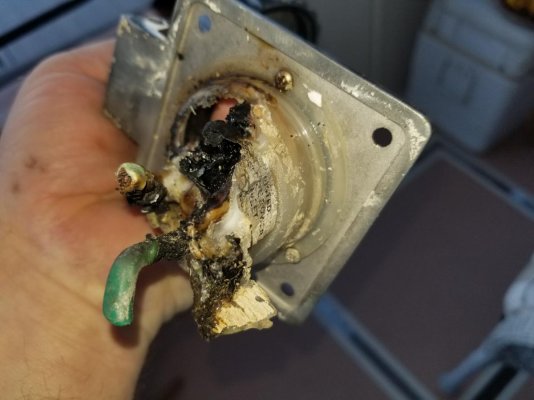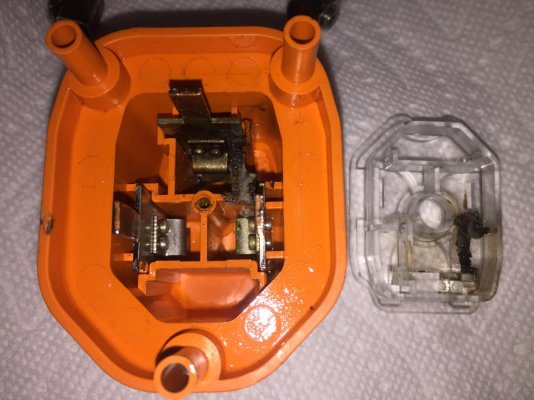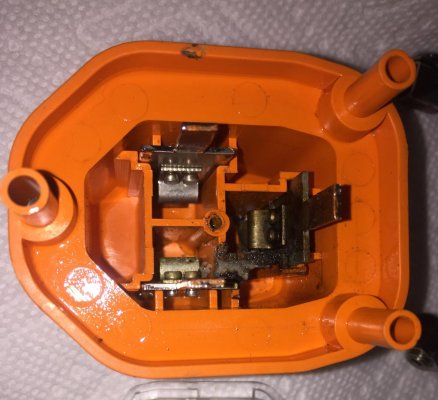FF
Guru
- Joined
- Oct 12, 2007
- Messages
- 22,552
Surface area is only part of the amperage passing ability, the ampacity of the material used as contacts determines how hot it gets.
Copper , as always is best.
Suggested Ampacities - IEWC
www.iewc.com › media › iewcglobal › files › resource-downloads › s...
PDF
SUGGESTED AMPACITIES (All Types of Single Conductor Insulation) ... Current ratings for different conductor materials may be calculated by multiplying the ...
Copper , as always is best.
Suggested Ampacities - IEWC
www.iewc.com › media › iewcglobal › files › resource-downloads › s...
SUGGESTED AMPACITIES (All Types of Single Conductor Insulation) ... Current ratings for different conductor materials may be calculated by multiplying the ...

